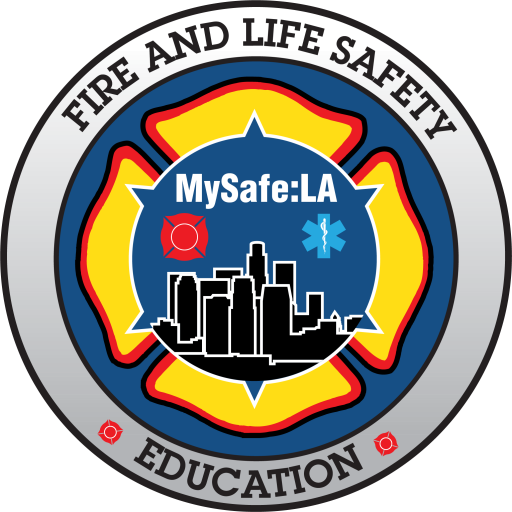Are You Ready?
The Big One is Coming
Our kids can teach our families a lot about earthquakes.
Have we mentioned that we love our kids? They’re amazing. MySafe:Riverside teaches elementary school students about the science and the risks related to earthquakes. Why do earthquakes happen? How do you prepare before an earthquake? What do you do during an earthquake? And how do you safely recover after an earthquake? These are all good questions – and MySafe:Riverside’s 4th and 5th grade students take the answers home to their families.

Learning what to do when an earthquake strikes
- Drop, Cover, and Hold On (the best way to protect yourself)
- Never run during an earthquake (you can fall or be hit by stuff)
- Never stand in a doorway (old story, not true)
- Earthquake sound waves (We talk about “P Waves”)
- What to do if you’re not at home (at school, shopping, etc.)

DROP, COVER AND HOLD ON!
- DROP to the ground
- COVER your head and the back of your neck, or
- take COVER beneath a sturdy piece of furniture like a desk, and
- HOLD ON to that piece of furniture until the shaking stops


Don't run!!!

Never Stand in a doorway
Experts used to advise people to stand in doorways. That’s before buildings codes were created that made buildings more resilient to earthquakes. Now there is no benefit to standing in a doorway. First of all, standing is difficult when the ground is shaking. Second of all, the door will likely slam shut during the shaking, and that means you and your fingers will pay the price!
Safety for everyone!

What should you do if you’re not able to drop to the ground? You can still take steps to protect yourself when the earth starts to move beneath you.
If you’re using a wheelchair, you can “LOCK” the wheelchair’s wheels, “COVER” your head, and “HOLD ON” to the wheelchair.
A walker can be used like a cane, to help you get down onto the floor.
Overall, put your body into a position that will protect your head, and stay away from objects that can fall on you.
Look around if you have time to think about it – and don’t take cover next to a large glass window, or a bookshelf, or under a skylight.
Follow these steps, and you’ll be increasing your chances of not only surviving, but doing so without serious injury.
Check Out Our Earthquake Resources
Every year, we organize resources to help you get the most up-to-date information on earthquakes, safety trends, and the Great Shakeout. Check them out!

